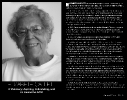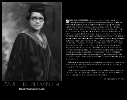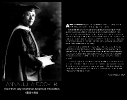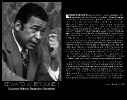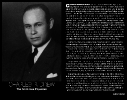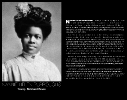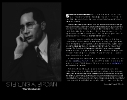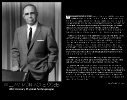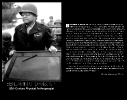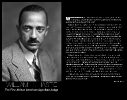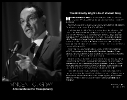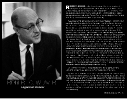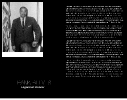Press Play to Take the Virtual Museum Tour.
Dr. Lawrence Graves Museum of Dunbar High School History
The Foundation
Dunbar High School is a cornerstone in the history of the United States of America. On November 14, 1870 Dunbar High School became the first public high school for colored children in the District of Columbia and the United States of America.
After 143 years of existence and witnessing the birth and demise of segregation in public education, Dunbar High School continues to be an institution that opens its doors to enhance the educational success of its’ students.
A New Chapter
In the summer of 2010, Principal Stephen Jackson toured the Sumner Museum and was immediately intrigued by the artifacts in the Dunbar Room. In the mist of experiencing the Dunbar Room, created at the request of the Dunbar Alumni Federation, Principal Jackson formulated the idea of designing a museum about the legacy of Dunbar High School and its impact on education and African-Americans for the new building.
Established in the fall of 2011, the Dr. Laurence Graves Museum on Dunbar High School History has evolved from the intersection and integration of the visions and missions of Dunbar Principal Stephen Jackson and the Dunbar Alumni Federation. Collections and assembly of artifacts and memorabilia for exhibits have been an ongoing endeavor and much credit is due to past Principals, faculty and alumni for the preservation of massive quantities of historical archives and records. Principal Jackson and his staff made “huge finds” as they transitioned from the 1977 building to the 2013 building.
The Museum is intended to permanently chronicle the richness of Dunbar’s history to the city and nation. It is also intended to inspire and motivate students and faculty to strive for excellence in all they know and do and for the alumni and the broader community to continue to support Dunbar with their time, talent and treasure well into the future.
The Inaugural Exhibitions
Terry Miller is the curator who developed the Inaugural Exhibitions for the museum. Miller is the initial curator of two of the first museums in predominately African-American schools. Those museums are Dr. Laurence Graves Museum in Dunbar High School and the John J. Wright Museum in John J. Wright High School.
Gateway 1 Exhibit
Attending Dunbar High School was the guiding light for many African-Americans to reach their dreams. Through the years, the principals and teachers guided bright and exceptional students into the doors of higher education and influential connections.

Behind the Books Exhibit
Attending Dunbar High School was the guiding light for many African-Americans to reach their dreams. Through the years, the principals and teachers guided bright and exceptional students into the doors of higher education and influential connections.

Military Exhibit
Attending Dunbar High School was the guiding light for many African-Americans to reach their dreams. Through the years, the principals and teachers guided bright and exceptional students into the doors of higher education and influential connections.

The Legacy Project
Dunbar students produced museum-type posters of alumni legends and pioneers from a matching grant awarded to the Dunbar Alumni Federation by the Humanities Council of Washington DC, an affiliate of the National Endowment of the Humanities. Participating students received training in library research, writing and presentation skills, along with appreciation of Dunbar history to inspire and promote positive academic capabilities. Following training, students will assist with tours of state-of-the-art Dunbar High School building and of the exhibits displayed in the Dr. Lawrence E. Graves Museum of Dunbar History.



